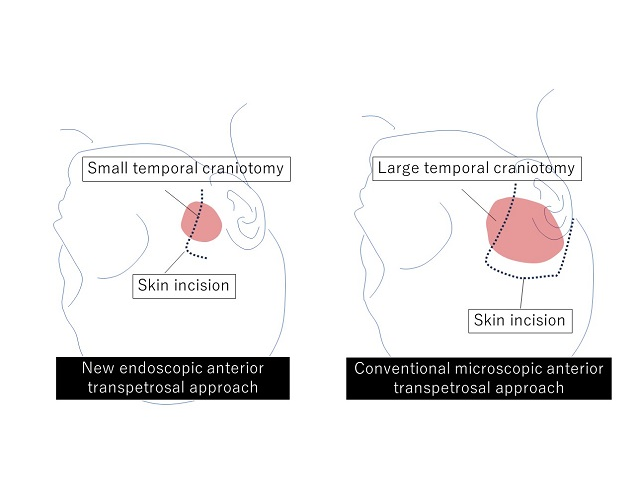How Metastatic Cancer Cells Gain a Foothold

Metastatic cancer cells, which cause 90% of cancer-related deaths, must overcome numerous hurdles to spread from a primary tumour through the bloodstream. Now, a new study led by investigators from the Mass General Cancer Center has identified a gene whose expression confers a growth advantage to these cells.
Mechanistically, the gene’s expression allows metastatic cancer cells to cause changes to their surrounding environment so that they can grow in new locations in the body. The findings are published in Nature Cell Biology.
“Our results point to potentially novel therapeutic avenues to specifically target metastatic cancer,” said senior author Raul Mostoslavsky, MD, PhD, who is the scientific director of the Krantz Family Center for Cancer Research at the Mass General Cancer Center.
Mostoslavsky and colleagues first compared gene expression patterns in primary versus metastatic tumours in mice with pancreatic cancer or breast cancer. After identifying various genes whose expression increased in metastatic tumour cells, the researchers silenced each gene individually.
In these experiments, silencing the Gstt1 gene had no effect on primary tumour cells from mice, but it stripped metastatic cancer cells of their ability to grow and spread. It also blocked cell growth in two metastatic-derived human pancreatic cancer cell lines.
Gstt1 encodes an enzyme that is a member of a superfamily of proteins involved with protecting cells from toxins, among other functions. Mechanistic studies indicated that the Gstt1 enzyme causes metastatic cancer cells to modify and secrete a protein called fibronectin, which is important for helping cells to attach themselves to the extracellular matrix, a large network of proteins and other molecules that surround, support, and give structure to cells and tissues in the body.
“Gstt1 alters the matrix surrounding the metastatic cells so they can grow in these foreign niches,” said Mostoslavsky. “Our results could lead to new strategies for the treatment of metastatic disease. This would be especially impactful for pancreatic cancer, in which most patients present with metastases when initially diagnosed.”
Source: Massachusetts General Hospital







